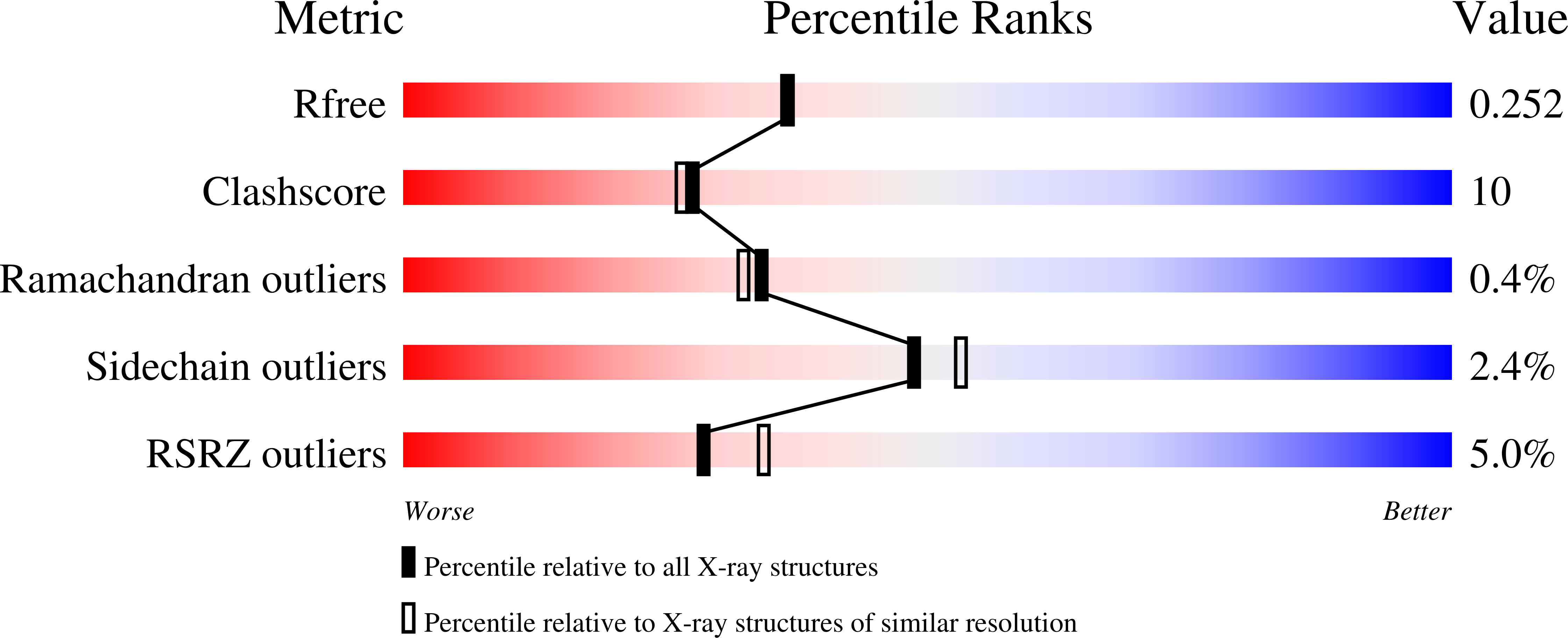
Deposition Date
2000-10-18
Release Date
2001-01-24
Last Version Date
2023-12-27
Entry Detail
PDB ID:
1GE8
Keywords:
Title:
PROLIFERATING CELL NUCLEAR ANTIGEN (PCNA) HOMOLOG FROM PYROCOCCUS FURIOSUS
Biological Source:
Source Organism:
Pyrococcus furiosus (Taxon ID: 2261)
Host Organism:
Method Details:
Experimental Method:
Resolution:
2.10 Å
R-Value Free:
0.25
R-Value Work:
0.22
R-Value Observed:
0.22
Space Group:
P 63


